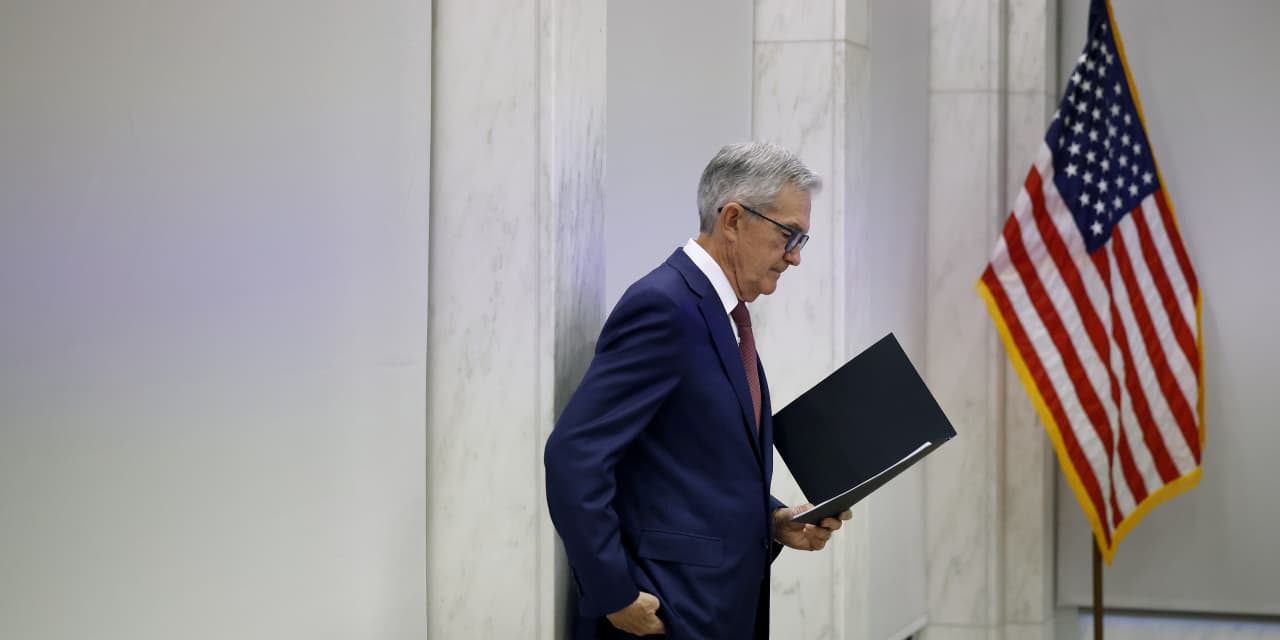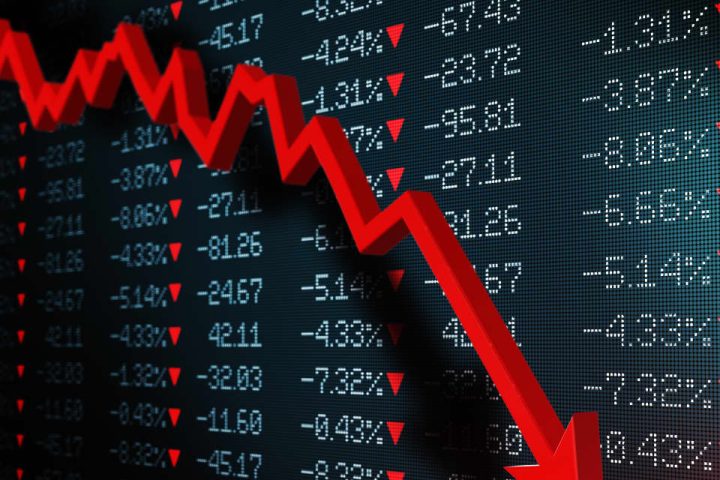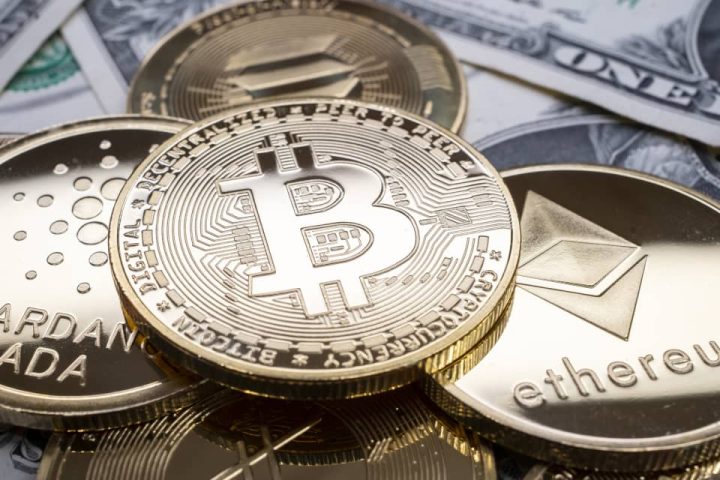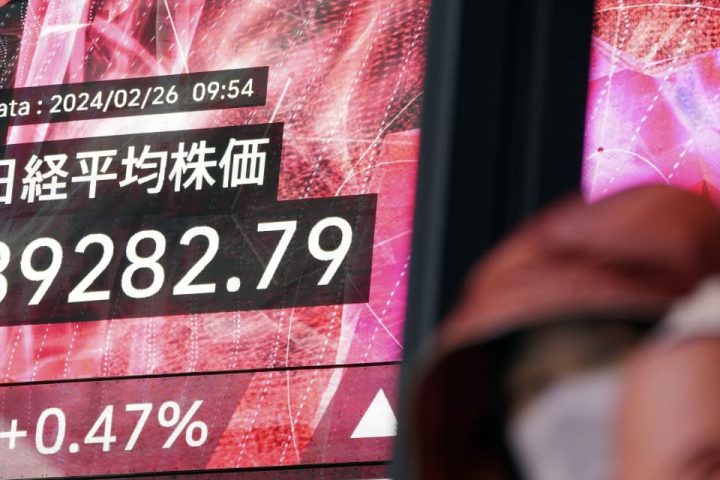Federal Reserve Chairman Jerome Powell is keeping the door wide open for another interest-rate increase should inflation stay high and economic growth remain strong.
“If it becomes appropriate to tighten policy further, we will not hesitate to do so,” Powell said Thursday afternoon at an event hosted by the International Monetary Fund. He was briefly interrrupted by a protest regarding climate change
Powell acknowledged that price growth has decelerated in recent months, saying that the Fed was “gratified by this progress” and noting that central bank officials expect economic growth to moderate in the coming quarters as well. But even still, Fed officials are not sure monetary policy is now “sufficiently restrictive,” or tight enough to bring inflation back to its target level of 2% annual growth.
“We are not confident that we have achieved such a stance,” Powell said. “We know that ongoing progress toward our 2 percent goal is not assured.”
Powell’s comments amount to a clear signal that the Fed’s policy-making committee is unwilling to say its rate-hike cycle is finished, despite raising interest rates only once since June. They come off as somewhat more hawkish than his remarks at his most recent press conference on Nov. 1, which were widely interpreted to mean that the central bank was all but certain to hold rates steady for the third straight time when officials next meet on Dec. 12-13.
Given those comments, markets were pricing in a more than 90% chance as of earlier Thursday that rates would remain at the current range of 5.25% to 5.5% at the Fed’s December meeting, according to the CME FedWatch tool.
All week, Fed officials have been working to make the case that further tightening could still be coming. The central bank is wary of the potential for stronger-than-expected economic growth to keep demand elevated, which could in turn fuel a reacceleration of inflation.
After gross domestic product growth came in at 4.9% for the third quarter, Powell noted that the Fed is “attentive to the risk that stronger growth could undermine further progress” both in rebalancing the labor market—or bringing the supply of labor in line with demand—and slowing inflation.
Any stalling there “could warrant a response from monetary policy,” Powell said, adding later that “inflation has given us a few head fakes.”
Some Fed officials are also concerned that core services inflation, which can be the hardest to slow through rate hikes, is remaining stubbornly elevated and could require further action from the central bank in order to wrestle it back to target levels.
“I continue to expect that we will need to increase the federal funds rate further to bring inflation down to our 2% target in a timely way,” Fed Gov. Michelle Bowman, one of the more hawkish members of the bank’s rate-setting committee, said earlier in the day on Thursday.
Fed officials remain focused on incoming data, however, and another rate increase is far from certain. Powell emphasized again on Thursday, as he has in recent weeks, that the central bank will be moving carefully as it works to avoid the risk of tightening policy too much. The backward-looking nature of the economic data, as well as the long lags with which monetary policy affects the economy, both leave the Fed vulnerable to going too far in its attempts to slow inflation—an error that could force a recession.
Powell also discussed what he described as three questions that have arisen about monetary policy and inflation during the pandemic era—none of which has been fully answered.
The first, he said, centers on what were the initial causes of the current bout of inflation, and what it says about policy. While the first rise in price growth appeared to be due entirely to factors specific to the pandemic—issues such as supply-chain disruptions and a labor shortage caused by more workers staying home to avoid the virus—it became clear by late 2021 that inflation wouldn’t resolve on its own.
New Covid-19 variants and Russia’s invasion of Ukraine both drove prices higher, making it clear by the time the Fed began raising rates in March of last year that inflation would only fall through a combination of tighter monetary policy and the unwinding of specific Covid-era factors. That process is continuing, though tighter policy will have to do most of the remaining work on fighting inflation, Powell said.
Powell’s second question focused on how aggressively the Fed should respond to future supply shocks, such as the pandemic-related factors that initially drove up inflation. Many economists believe supply shocks could become more frequent in coming decades, and that central banks should react with restraint in order to avoid exacerbating macroeconomic volatility, Powell said.
But he added that some response, particularly to persistent supply shocks, will likely be necessary, in part because it helps to keep inflation expectations in check.
Powell also raised the idea of where interest rates will settle “once the effects of the pandemic are truly behind us.” Many economists have begun to discuss whether the ultralow rates of the post-financial crisis years could be gone for good, especially as macroeconomic developments such as rising fiscal deficits and aging populations leave economies more inflation-prone moving forward.
Powell offered few answers, but he noted the Fed would be exploring this idea as it begins its next five-year review of the central bank’s policy framework during the second half of next year.
“Among the questions we will consider,” he said, “is the degree to which the structural features of the economy that led to low interest rates in the pre-pandemic era will persist.”
Write to Megan Cassella at [email protected]
Read the full article here






